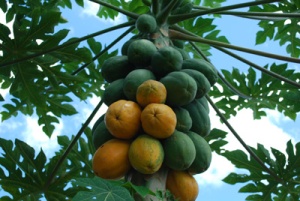Most people will have heard the hype about Impossible and Beyond plant-based burgers. Some meat eaters say no thanks, preferring beef. Some vegetarians prefer less meaty options. Burgers of any type can be part of a healthy diet, but how do plant-based and animal-based options stack up? In this brief post, we’ll look at a variety of plant-based and animal-based burgers. We’ll compare nutrition, price, and other characteristics.

Bring on the burgers
Here are 10 types of plant-based and animal-based burgers. Most are widely available in grocery stores, restaurants, or both.
- Plant-based
- Animal-based
Nutrition of plant-based and animal-based burgers
Below is a table showing the calories, fat, sodium, carbs, and protein of 10 burger options. Each row is colored from green “best” to red “worst”. All of them have some characteristics that are better and some that are worse. Note that some of the plant-based burgers are fairly small, so I’ve included details for 2 patties to enable more accurate comparison with the bigger burgers.
I’ve included the Recommended Daily Values (RDV) for a 2,000 Calorie diet, as determined by the Food and Drug Administration (FDA) so we can see how each burger fits into a healthy diet. I did not include vitamins and minerals as most people in the United States are not deficient in micronutrients. One burger with a little more or less of a given vitamin is not going to make a difference in most people’s diet.
It’s pretty clear that beef consisting of 75% lean and 25% fat is not a good choice if you are looking to avoid higher calories, fat, saturated fat, trans fat, or cholesterol. On the other hand, the Original Gardenburger is not a good choice if you want protein or if you are trying to avoid sodium. The rest are somewhere in between. Impossible and Beyond burgers are remarkably similar.

Other differences between plant-based and animal-based burgers
Below is a table showing which burgers are vegan (all plant-based), vegetarian (plant-based plus eggs or dairy), or animal-based. It also shows major allergens, GMO labels, and price at two stores in Northern Virginia. Plant-based burgers are more expensive than animal-based burgers overall.
You’ll note that Impossible is the only one (so far) using the new USDA Bioengineered label. For those of us who think biotechnology (aka GMOs) can be an important part of agriculture, that claim is pretty exciting. Learn more in SciMoms’ Intro to GMOs.

All prices are for Northern Virginia, a relatively expensive part of the United States.
Click the image to see a larger table.
Don’t forget allergens
When deciding what burger is best for a given purpose, don’t forget allergens. Most plant-based burgers contain major allergens, including soy, milk, and wheat. Some also contain other allergens, such as pea, coconut, and potato. Keep in mind that meat-based burgers aren’t automatically safe either. People often mix meat with allergen-containing foods such as breadcrumbs.
Bottom line: if you’re preparing food for others, be sure to ask about food allergies, especially if your guests might expect animal-based burgers and you are serving plant-based alternatives.
Sustainability of plant-based and animal-based burgers
The criteria above are fairly easy to consider, most are right on the label. Sustainability is more challenging, in part because animals can be raised in very different ways. Surprisingly, the beef for the 75/25 frozen patties was from Brazil, which has a different impact compared to US beef due to land use changes.
One way to look at burger sustainability is that all of these are made of legumes and grains. It’s just that the animal-based options add one major step: animals. I’ve simplified the steps in the diagrams below. No matter how sustainably raised animals are, there are still extra steps for animal-based products compared to plant-based products. In short: “Reducing red meat consumption may be a small yet significant way in which individuals can lower their carbon footprint.”


So many choices
As for which burger is best? It depends on what is important to you. If calories or price is king, Boca All American or turkey are good choices. If you’re looking for 100% plant-based, choose one of the vegan options: Morningstar Meat Lover, Impossible, or Beyond. If you are concerned about sodium, turkey or beef is best, but be careful about adding sodium-filled mix-ins or toppings. Beef and Impossible seem to be the tastiest if you are looking for a treat.
Impossibly tasty
For me at this time, calories and protein are most important factors. I am vegetarian, meaning that my diet is mostly made up of plants, dairy, and eggs. Though I will very occasionally eat sustainably raised or harvested seafood including crabs and lobster!
I don’t eat burgers very often, but I do happily use soy crumbles such as Morningstar Grillers Crumbles. These have 18 grams of protein and just 120 calories for about 4oz. Crumbles are great on tacos, nachos, mixed into soup, nearly anything you’d use ground beef for.
I’ll try nearly any plant-based product but Impossible is particularly exciting. I studied heme (the iron containing molecule that makes Impossible taste and look meaty) for my doctoral thesis. Impossible’s scientists even cited my work in some of their supporting documentation, such as their safety evaluation of soy leghemoglobin (a type of heme). I’ve enjoyed Impossible burgers in restaurants and have really wanted to cook with this plant-based option at home.
So, when I saw Impossible burger in my local grocery store, I immediately bought a package! Time for tacos! Right away, it smelled like beef, though it honestly looked like frozen cat food. It cooked up very nicely and didn’t leave a ton of grease in the pan like beef does. The “meat” had a very beefy texture and flavor that even my omnivorous spouse enjoyed. With the high price and relatively high calorie count, Impossible won’t be a daily meal, but it will certainly return to our plates, probably as chili!
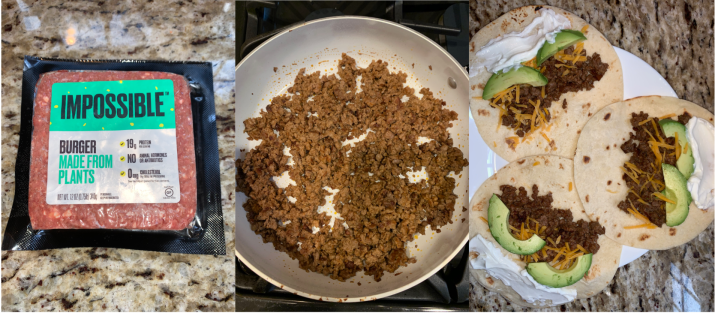

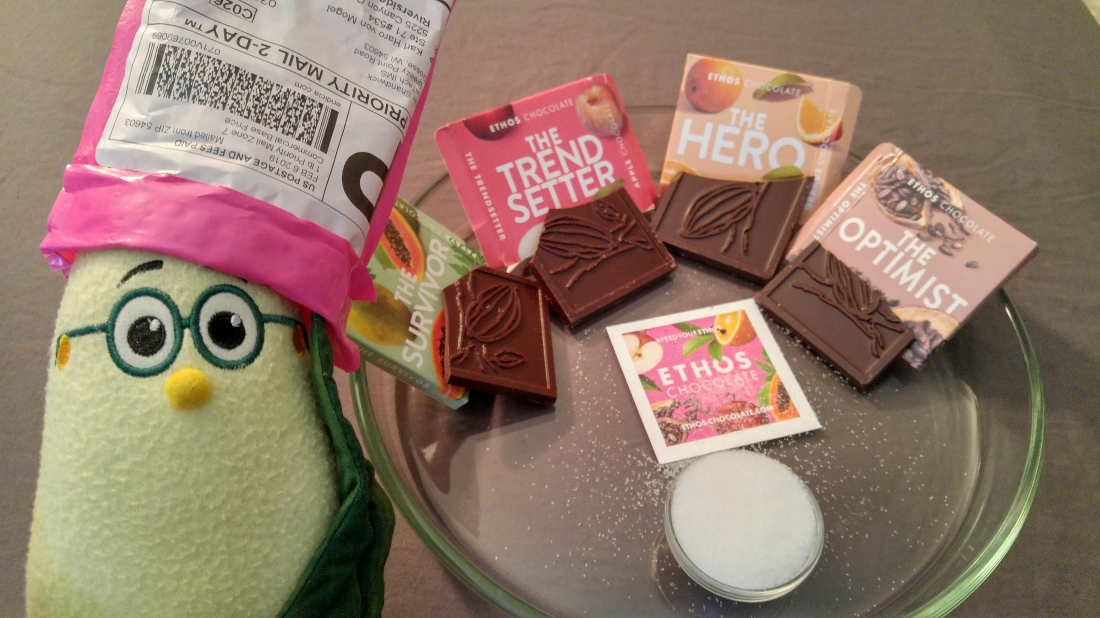

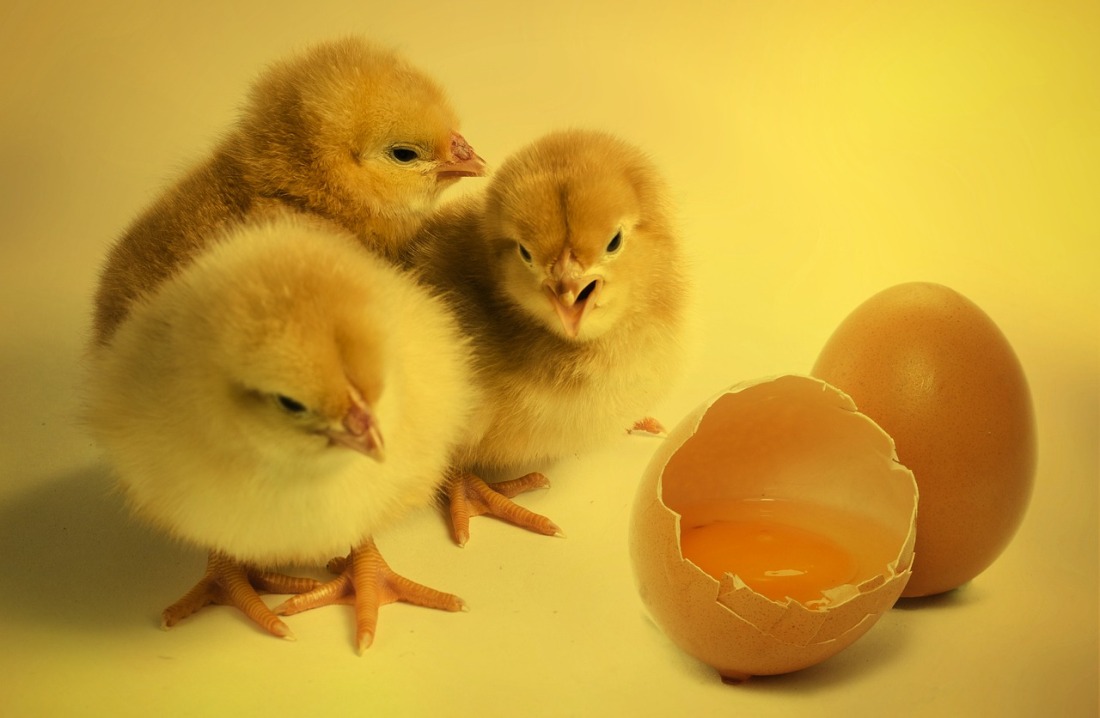





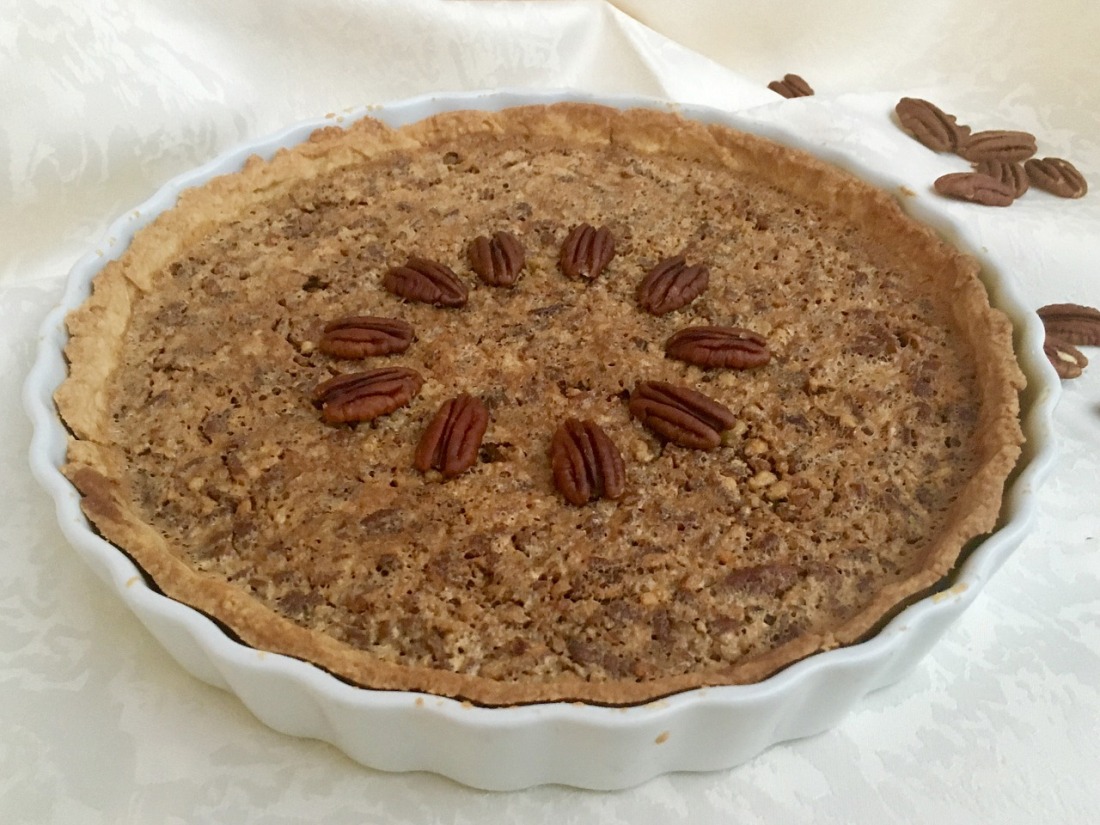

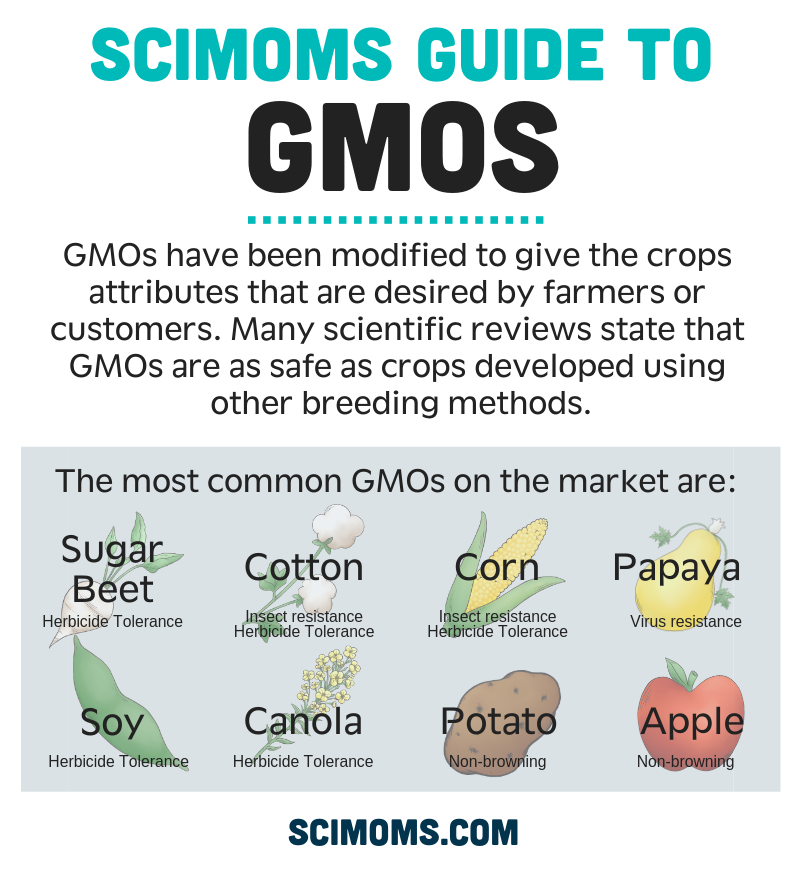




 Shannon is a mom of three and a life-long Vermonter – from the start of the organic movement all the way through the recently added “soda tax” and now the GMO labeling law. She considers herself science-minded but always learning, as people should be! She has Bachelors Degree from Johnson State College and hopes to pursue a Masters once her children are a bit older. In her spare time (funny! what parents have spare time?) she enjoys reading, fitness, and shouting at bad data in documentaries.
Shannon is a mom of three and a life-long Vermonter – from the start of the organic movement all the way through the recently added “soda tax” and now the GMO labeling law. She considers herself science-minded but always learning, as people should be! She has Bachelors Degree from Johnson State College and hopes to pursue a Masters once her children are a bit older. In her spare time (funny! what parents have spare time?) she enjoys reading, fitness, and shouting at bad data in documentaries.








